The Alcatel 1S is another extremely cheap phone with little to recommend it beyond a sub-£100 price tag. It’ll do a job if that really is the extent of your budget, but as ever, spending a little more money gets you way more value.
Pros
- Very, VERY cheap
- Solid build
- MicroSD expansion
Cons
- Dim, low-res display
- Poor performance
- Inflexible camera setup
-
Highly affordableThis handset is very cheap compared to most smartphones, so you won’t have to part with much cash if you want to buy it -
4000mAh batteryThere’s a large-capacity cell on board this phone -
Triple cameraThere are three camera sensors on this smartphone’s rear
Introduction
The Alcatel 1S is another ultra-affordable smartphone from the budget brand, offering lowly specs in a humble plastic body for less than £100.
We’ve been here before, of course, with the likes of the Alcatel 1 and the Alcatel 1X. In truth, while the case for a super-affordable smartphone has never been stronger, we’ve never been massively enamoured with Alcatel’s cheap and cheerless approach.
Could the Alcatel 1S be the cut-price phone to win us over?
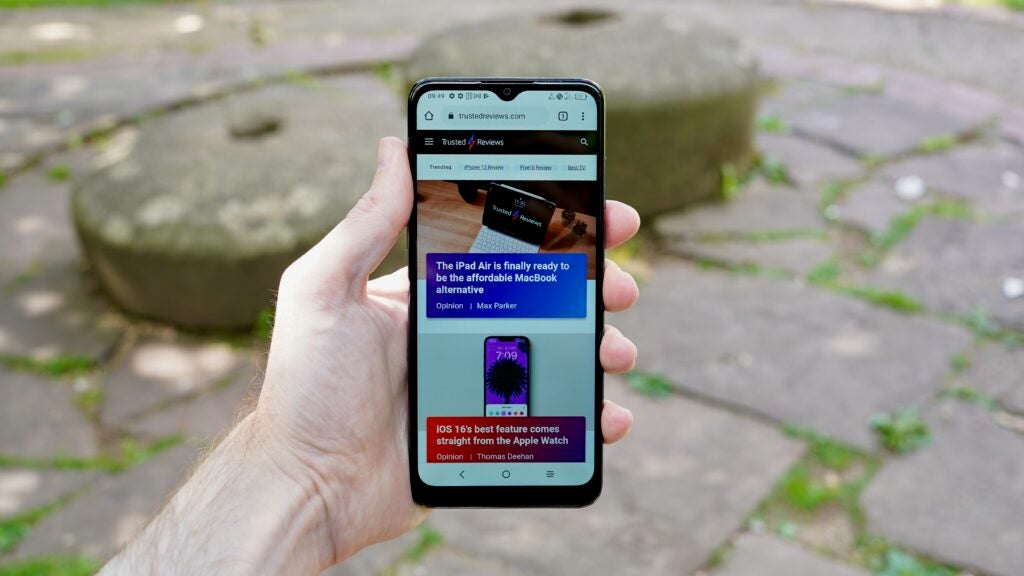
Design and Screen
- Relatively hefty all-plastic build
- Dim 6.52-inch IPS LCD
- Low HD+ resolution
With a launch price of just £95, you wouldn’t expect the Alcatel 1S to be much of a looker. Sure enough, it’s a brutally functional affair, with an all-in-one plastic rear cover that wraps around to encompass the sides.
There’s a subtle curved-ridge pattern to this rear cover, though it’s completely smooth to the touch. It also proves to be a total fingerprint magnet, at least in this Elegant Black shade. I can’t speak to the lighter Twilight Blue option.
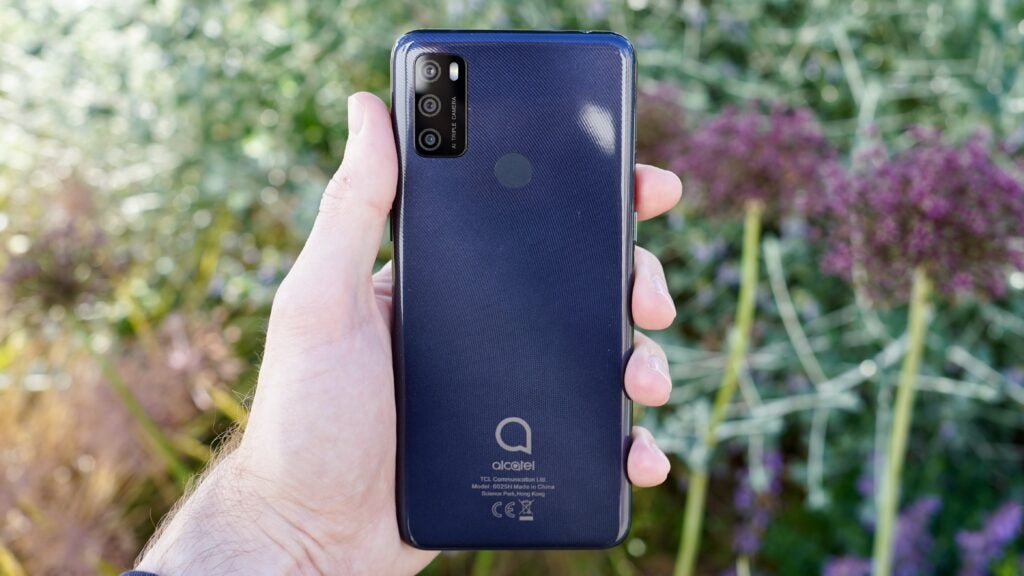
The rear of the phone also houses a fingerprint sensor, which is a design feature that appears to have been airdropped from a previous smartphone era. To its credit, the unlocking process is pretty reliable, if not especially speedy.
Given this primarily plastic construction, the Alcatel 1S is a surprisingly chunky device. It’s 8.8mm thick, and it weighs a not inconsiderable 190g. Unsurprisingly, there’s no official water or dust resistance rating.
This being a cheap phone, you get the benefit of a 3.5mm headphone jack on the top edge of the phone, but just a single weedy speaker on the bottom edge, right alongside the Micro USB charging port. You read that right: there’s no USB-C here.
On the left hand edge, Alcatel has provided a somewhat superfluous Google Assistant button. Above that is the SIM slot, which also includes a microSDXC slot. It’s a good job really, given the dearth of fixed storage, which stands at a mere 32GB in this test model.
The Alcatel 1S’s display is as humble as its design, and surrounded by thick bezels. There’s a teardrop notch on the top edge, which is another element that seems to be taken from a bygone era.
It’s nicely sized at 6.52 inches, and it’s neither surprising nor disappointing that this is an IPS LCD panel. We’ve only started seeing AMOLED displays in £200 phones fairly recently, after all.
Nor is it a particular problem that the refresh rate is only 60Hz. Given the inevitable performance limitations that come with a phone of this price, it wouldn’t have made a lot of sense to try and push the boat out here.
There are two main issues with the display. One is that it doesn’t get very bright at all, which is a problem in even regular daylight conditions. It’s also not very sharp, with a resolution of just 720 x 1600 or HD+. Put simply, a lot of content simply doesn’t look very good on this screen, whether that’s Netflix videos, photos, or web pages.
Expectations need to be kept in check at the extreme low-end of the smartphone market, of course. With all this being said, at least the screen’s colours have a bit of pop to them, which isn’t always the case with low grade LCDs.
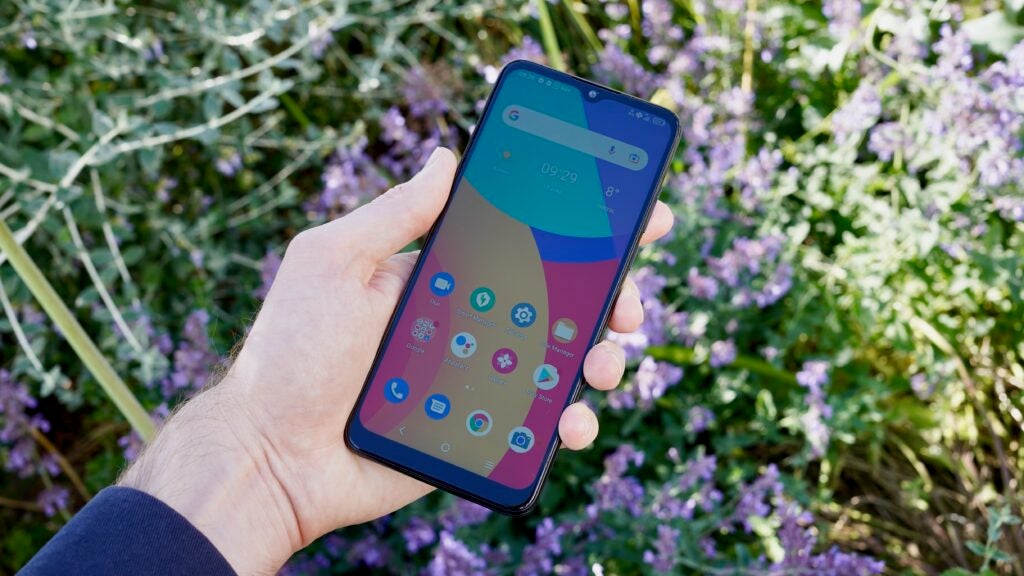
Camera
- 13MP main camera poor in strong and low light
- No ultra-wide or telephoto
- 2MP depth and macro sensors
Alcatel has equipped its phone with a triple camera system, though in practice there’s just a single useful sensor. That takes the form of a very humble 1/3.06″ 13MP wide sensor, backed by a 2MP macro and a 2MP depth sensor.
The shots it takes are just about acceptable in perfect daylight conditions, but they easily suffer from overexposure issues when areas get very bright, while shady areas tend to fall into murky blackness. There’s little in the way of suitable HDR compensation.
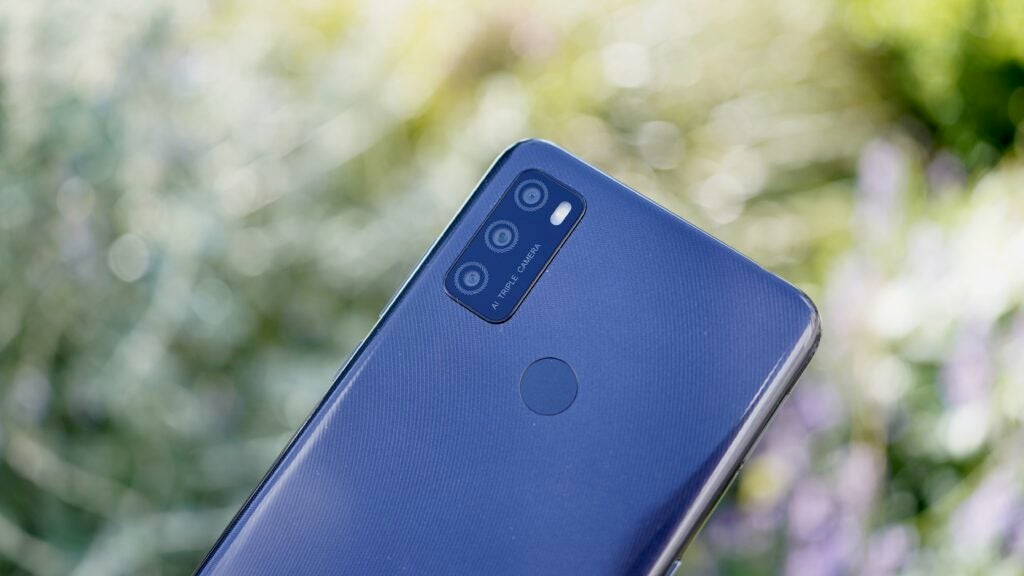
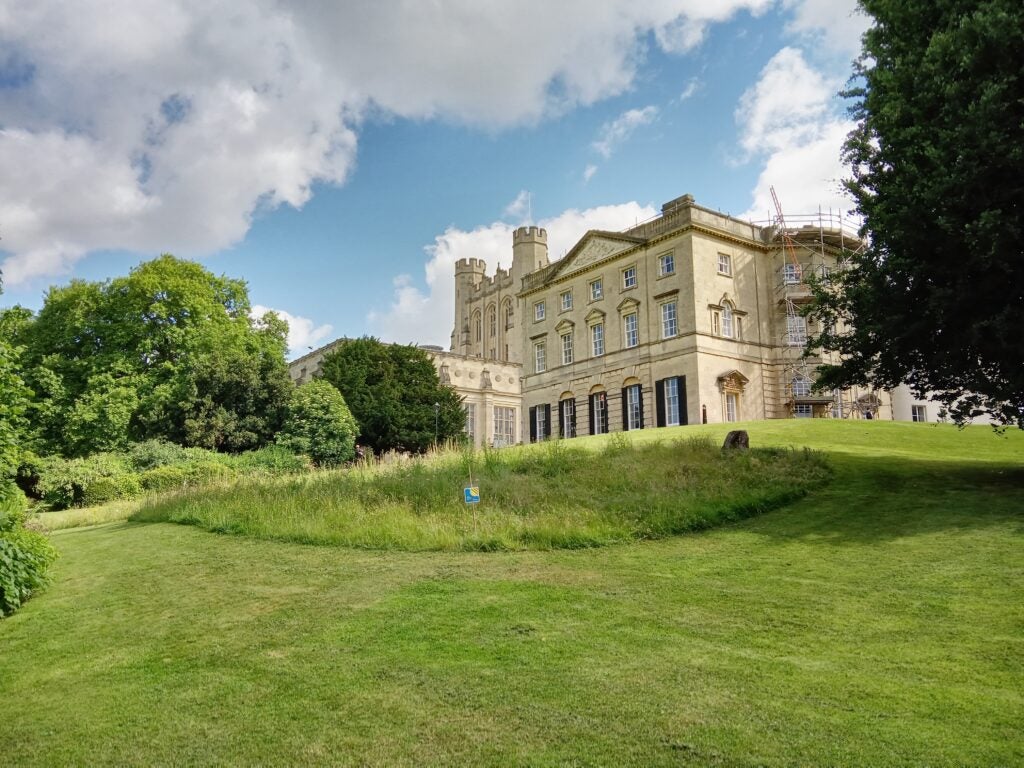
On the sunny days I predominantly shot on, everything had a bleached-out look as the camera failed to rein the brightness in.
With that said, shooting in good lighting is just about your only option here. There’s no Night Mode whatsoever to turn to when the light drops.
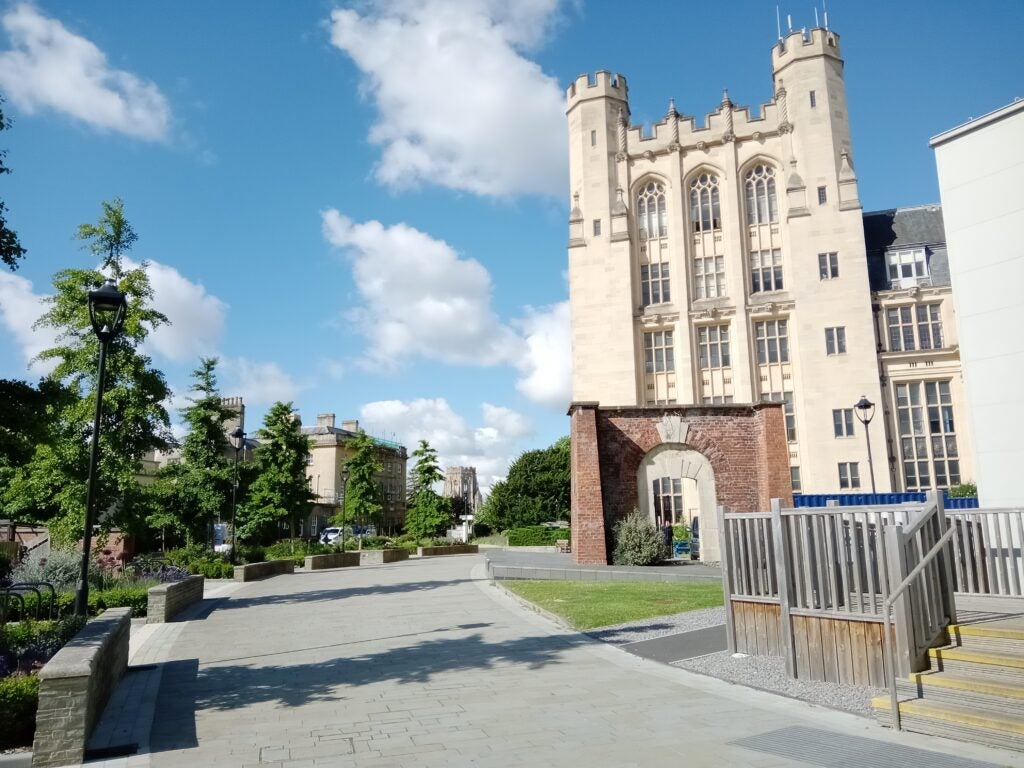
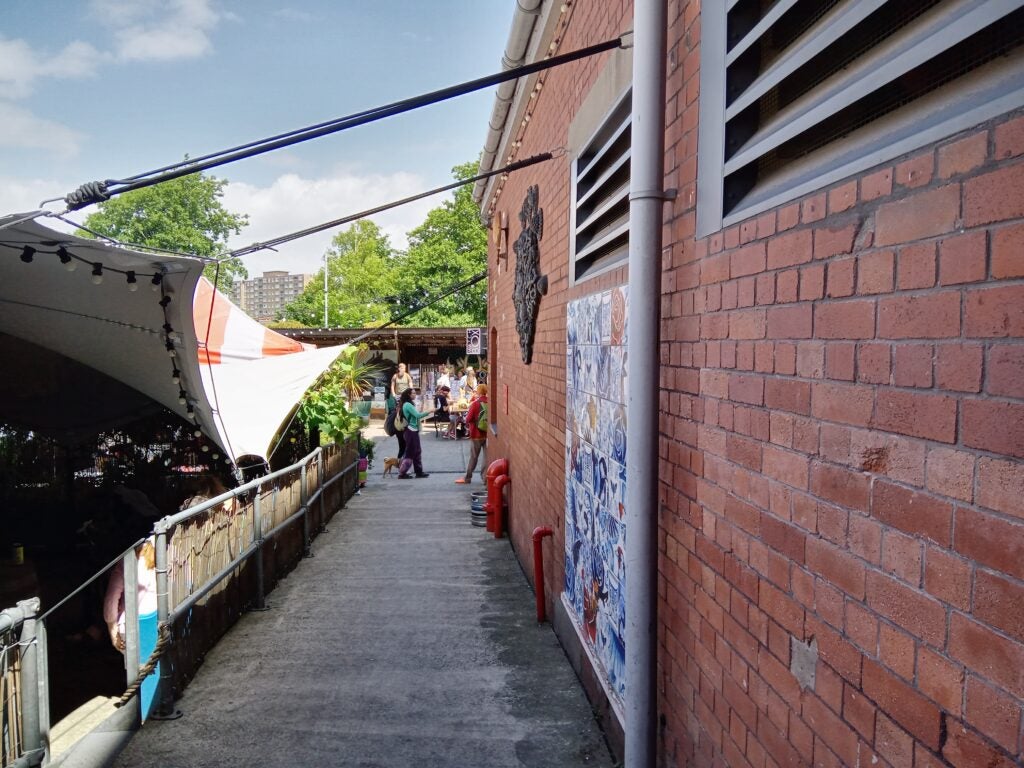
With no ultrawide or telephoto provision, you’re quite limited when it comes to framing options too. There’s a Super Macro mode for those close-ups, but with a mere 2MP resolution, expectations need to be kept in check.
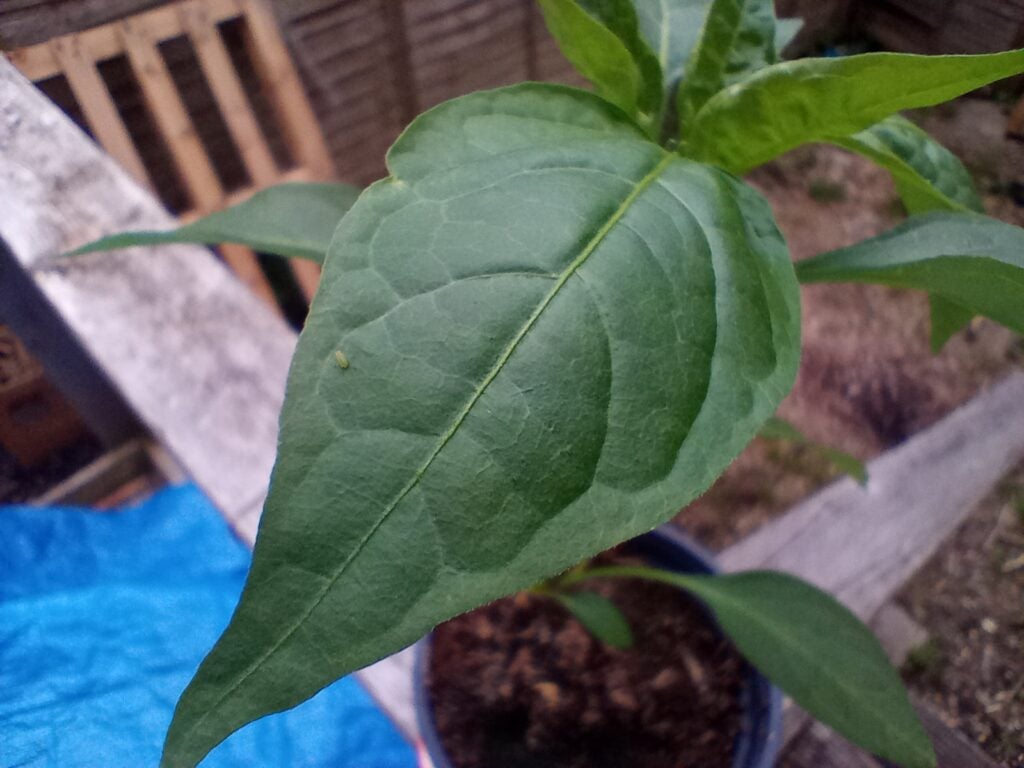
The 5MP selfie camera is quite serviceable, provided you frame carefully. Again, it struggles with extremes of light and shade, and detail isn’t up to much. But skin tones and colours aren’t too badly rendered considering.

Performance
- Old, slow Mediatek Helio P22 chip
- Only 3GB RAM
- 32GB storage & microSD expansion
The Alcatel 1S chugs along on a 12nm Mediatek MT6762D Helio P22 chip. We’ve seen this low-end chip used elsewhere in the Lenovo Tab M10 HD tablet, and while the provision of 3GB of RAM ensures a slightly smoother experience, it’s a similarly sluggish performer.
An average Geekbench 5 single-core score of 135 and a multi-core score of 793 confirm as much. Even the Moto G22, which we criticised for its sluggish performance, beats those figures by 20% to 30% – albeit for 50% more money.
It no doubt helps that this limited processor isn’t having to push around many pixels on that low-res display. Even so, navigating around the Alcatel 1S’s menus is a wallowy, pause-filled experience, and apps take an age to load.
The phone is never downright unusable, but it nor could it ever be described as fluid. There’s always a snag to remind you that the hardware isn’t quite up to the job that’s been laid out for it.
At this point, I would ordinarily expose a phone to the graphically rich (and extremely tweakable) game Genshin Impact. However, the Alcatel 1S’s limited storage space meant that I was unable to load the extra files needed to get the game running.
Not that this is too much of a downer. It’s safe to say that if any form of mobile gaming is high on your priority list, you probably need to be spending at least another £70 on your next phone.
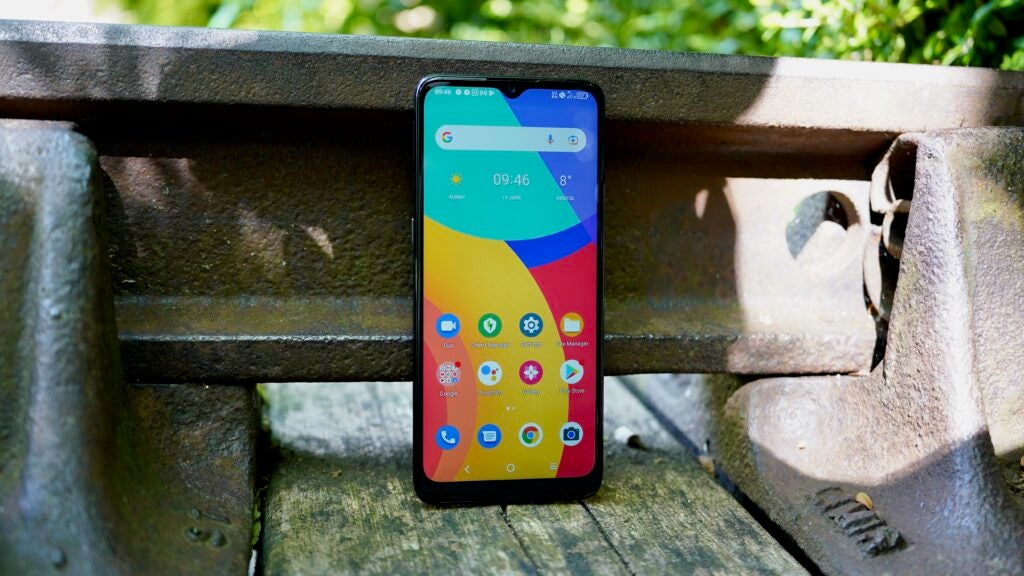
Battery life
- 4000 mAh battery
- Good for a day of solid use
- 10W charger with dated Micro USB port
One of the reasons the Alcatel 1S’s thick, heavy body is such a mystery is that it runs a rather small 4000 mAh battery. Step up into the £150+ category and you can expect to find 5000 mAh cells as standard.
Again, the phone’s dim, low-res display helps out in this regard. An hour of Netflix streaming drains 8% of a charge, which is a pretty normal result regardless of how much you splash out on your phone.
The inability of the Alcatel 1S’s Helio P22 chip to run the 3DMark Wild Life benchmark test meant that I was unable to run the regular TrustedReviews test.
Battery life really isn’t a primary worry here, however. Given the limitations of the hardware and the likely market for the phone, it’s unlikely to be subjected to heavy usage anyway. For the kind of light, occasional tasks to which it’s more attuned, the Alcatel 1S will comfortably get you through a day or more.
The provided 10W Micro USB charger takes an age to recharge, however. I recorded it taking almost an hour to get from empty to 50%, and a little over 2 hours to get to 100%.
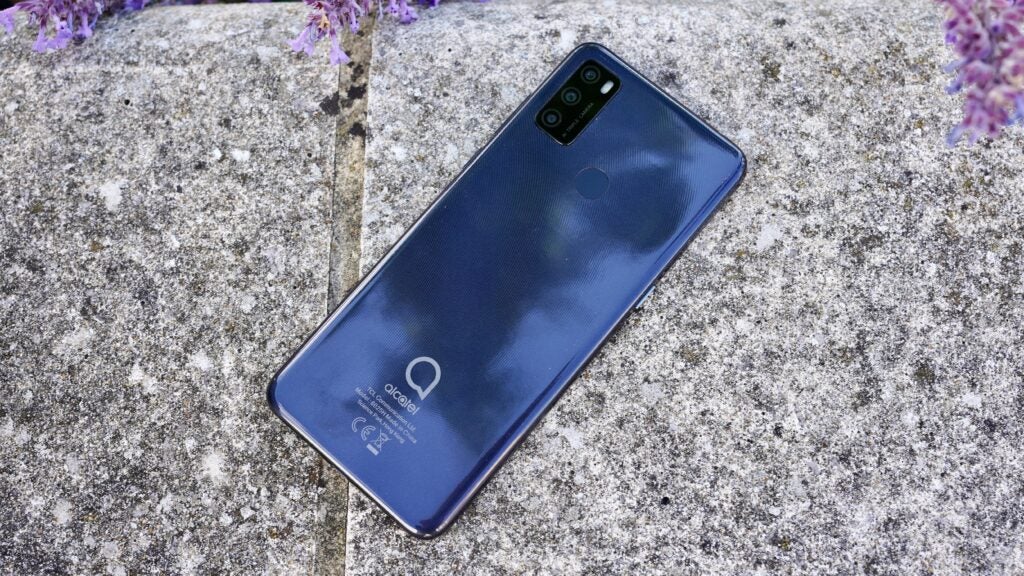
Should you buy it?
You have a strict £100 budget. With an RRP of less than £100, the Alcatel 1S is one of the cheapest phones on the market.
You’re an avid photographer. The Alcatel 1S camera system struggles with very bright and very dark conditions, lacks detail, and doesn’t have an ultra-wide option.
Final Thoughts
We’ve been covering Alcatel phones for a number of years now, and some familiar observations and criticisms continue to apply. The Alcatel 1S, like its predecessors, is extremely cheap, which is its one outstanding virtue.
For less than £100 you’re getting a functional smartphone that can handle all of the basics. For anyone who simply wants a phone for calling and messaging, that may just be enough.
However, for anyone looking for a bit more from their phone, it doesn’t quite pass muster. Its archaic chip fails to offer any fluidity, its display is dim and low-res, and its camera system only operates effectively in bright yet even lighting.
FAQs
No, there’s no official IP rating so we don’t know for sure how it would react if exposed to water or dust
There are two colours: Elegant Black and Twilight Blue
No, you won’t get the latest standard of mobile data with this device
Sustainability
TrustedReviews’ holds the fact that global warming is not a myth as a core value and will continuously endeavor to help protect our planet from harm in its business practices.
As part of this mission, whenever we review a product we send the company a series of questions to help us gauge and make transparent the impact the device has on the environment.
We currently haven’t received answers to the questions on this product, but will update this page the moment we do. You can see a detailed breakdown of the questions we ask and why in our sustainability info page.
Jargon buster
OLED and AMOLED
Types of displays that use self-lighting pixels to provide greater contrast and more vibrant colours than a typical LCD display, as well as sharper blacks.
HDR
HDR stands for High Dynamic Range and refers to contrast (or difference) between the brightest and darkest parts of an image. HDR content preserves details in the darkest and brightest areas of a picture, details that are often lost in old imaging standards. HDR10 is mandated to be included on all HDR TVs. It’s also supported by 4K projectors.
USB-C
The modern USB connector you’ll find on most Android phones, new laptops, cameras and games consoles. It’s reversible and used for charging along with data-transfer.
















